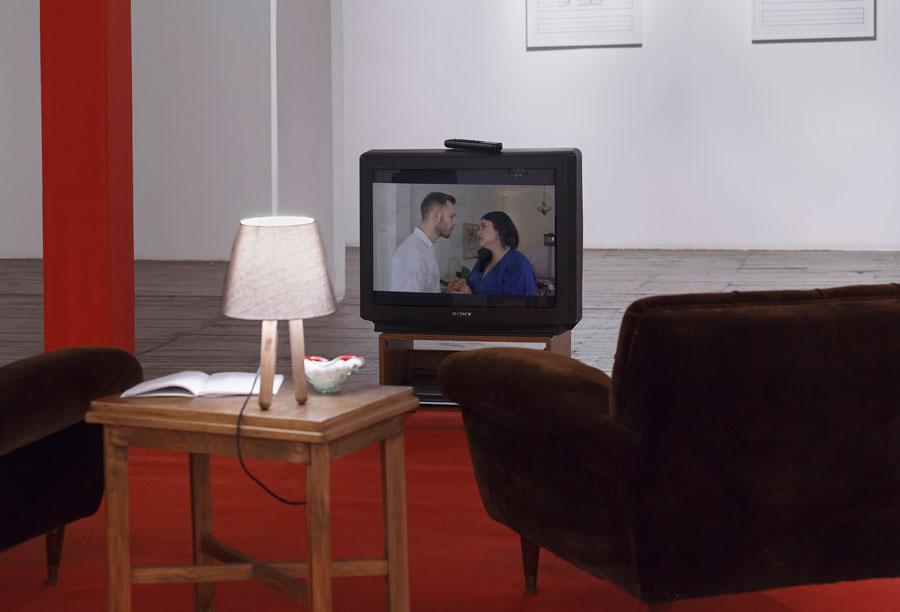
As an artist, Gizem Karakaş deals with what it takes to be a human being. Her works utilize semiotics and language to call attention to what it takes to be a human being in this modern world. In “We are not Innocent,” her recent solo exhibition at Depo Istanbul, she goes to another direction: She asks herself and exposes her own experiences and stories as she deals with her own life and relationships.
“Part of my artistic practice is about being a human and the closest person to look at this is myself, my own experiences and my own stories.”
“We all have fears, we all feel awkward time to time. Sometimes we think it is not fair to think the way we think, sometimes we are aware of our envies, and we try to live with that. That’s why I wanted to name the exhibition as we are not innocent,” she said, adding that all of these are a part of being a human and are very normal tendencies in life.
These normal tendencies make Karakaş create and discover herself more.
“My works are always about my own experiences and myself. However, with this exhibition, I realize that as long as you confess something to yourself and accept yourself as you are; at that point, you start to be a mirror for everyone else around you,” she said.
That’s how her works become mirrors that people want to relate to. Because we all have weaknesses, we all lie to ourselves to some extent. As Karakaş opens a way to express problems that everyone faces, the problem (or the feelings) that the artist has does not belong to her anymore. For Karakaş, this is an acceptance process.
“So at that point you accept yourself. You are a human and have your dark sides. Since everyone has it, as an artist, you become a mirror or the artworks become like a mirror.”
According to the artist, as she accepted herself, she entered a peaceful process. That’s when the real artworks came out.
The resulting artworks are provocative, compelling, rhythmic and beautiful. Karakaş dares to say she is one of the millions of people who feel unhappy time to time and she who knows it is ok to feel like that.
“To adorn that feeling, first, I made peace with myself,” she said. “Lies I tell myself open the realities of life and promises made to ourselves. These are the promises that we tell ourselves and maybe never do, such as starting a diet on Monday. We all tend to lie to ourselves, said Karakaş.
Design of the exhibition
The well-mounted exhibition allowed enough space for the contemplation of video works. The middle of the exhibition space is designed as a living room with red carpet and has two comfortable chairs placed with a television. The television shows a video work of Karakaş, about a relationship between a man and a woman. These two characters speak by using Turkish song lyrics.
“The reason that they speak with these songs is that I want to emphasize the importance of language in daily lives and our culture,” said Karakaş, noting that she wants to emphasize how human beings love the feeling of self-pity and the affection that comes within.
“If we examine the song lyrics we will see that all the lyrics are about heartbreak and pity,” she added.
The exhibition has been designed by Fuat Eşrefoğlu, succeeded to show each artwork without sacrificing the collective relationship between all.
“We tried to show each work with care. For example, the Polaroid works are represented as a hall of fame, which is all about people,” he said.
The display of Eşrefoğlu exposes the artworks in their best situation, keeping the video works in closed rooms and creating a powerful version of the installation of these artworks full of emotion and self-acceptance.
The exhibition continues until March 3.